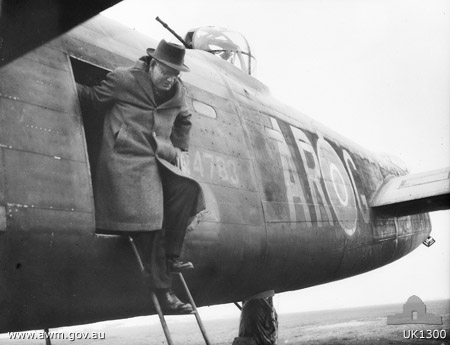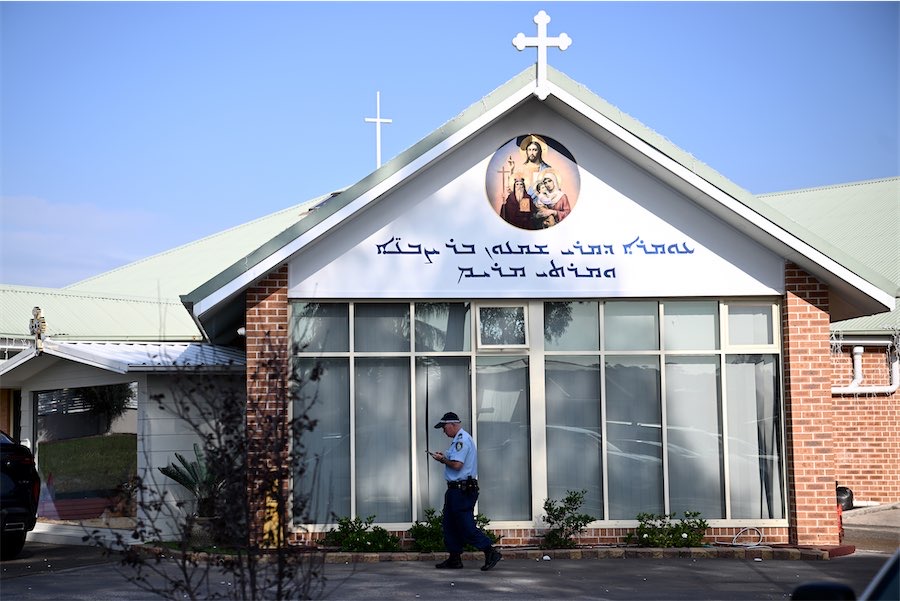
ONLOOKERS would have been excused for wiping away their eyes, wondering in disbelief among the morning fog had they gone back in time.
The sight of a World War II aircraft that was hauled on the back of a truck onto Canberra’s roads on Tuesday (May 25) caught a generation that never experienced flying squadrons in the air from such times of conflict completely off guard.
The bomber in question was G for George that was being moved out by the Australian War Memorial to its maintenance and storage facility for “deep conservation activities”.
The memorial building is currently in the middle of its decant process at Anzac Hall.
The Avro Lancaster heavy bomber has been displayed to the public for the best part of two decades, but will be taken apart at its Mitchell location to conduct a deep conservation on parts that staff have not been able to access before.
“It’s a pretty unique opportunity that we’re taking – it’s pretty rare,” a spokesperson for the Australian War Memorial said.
“Obviously with George, as such a loved item by Australians, we want to keep him there on display for as long as possible.
“But there is still important maintenance work that has to happen every 20 years or so and now we’re doing that as well.”
The rest is very well deserved after George flew 90 operational attacks coming out from a position of defence.
They were true battles of courage in view that most of the Lancasters had been shot down before reaching 20 of their “sorties” and around 2.5 per cent went missing in World War II.
George also has the added distinction of bringing home every one of its crewman alive.
An all-RAAF crew of Bomber Command veterans had flew him home after retirement from combat duty in 1944 to raise war bonds to finance military operations and its expenditure.
But in the ensuing post-war years, George was left to decay in the open near a RAAF base before first being relocated to the war memorial and 50 years later put out on display after a five-year restoration program was completed by 2003.
The touch-up and shine on George that could take up to several months is part of the 96 per cent of Canberra’s wartime collection items that spends time quietly hidden in storage.
Who can be trusted?
In a world of spin and confusion, there’s never been a more important time to support independent journalism in Canberra.
If you trust our work online and want to enforce the power of independent voices, I invite you to make a small contribution.
Every dollar of support is invested back into our journalism to help keep citynews.com.au strong and free.
Thank you,
Ian Meikle, editor




Leave a Reply